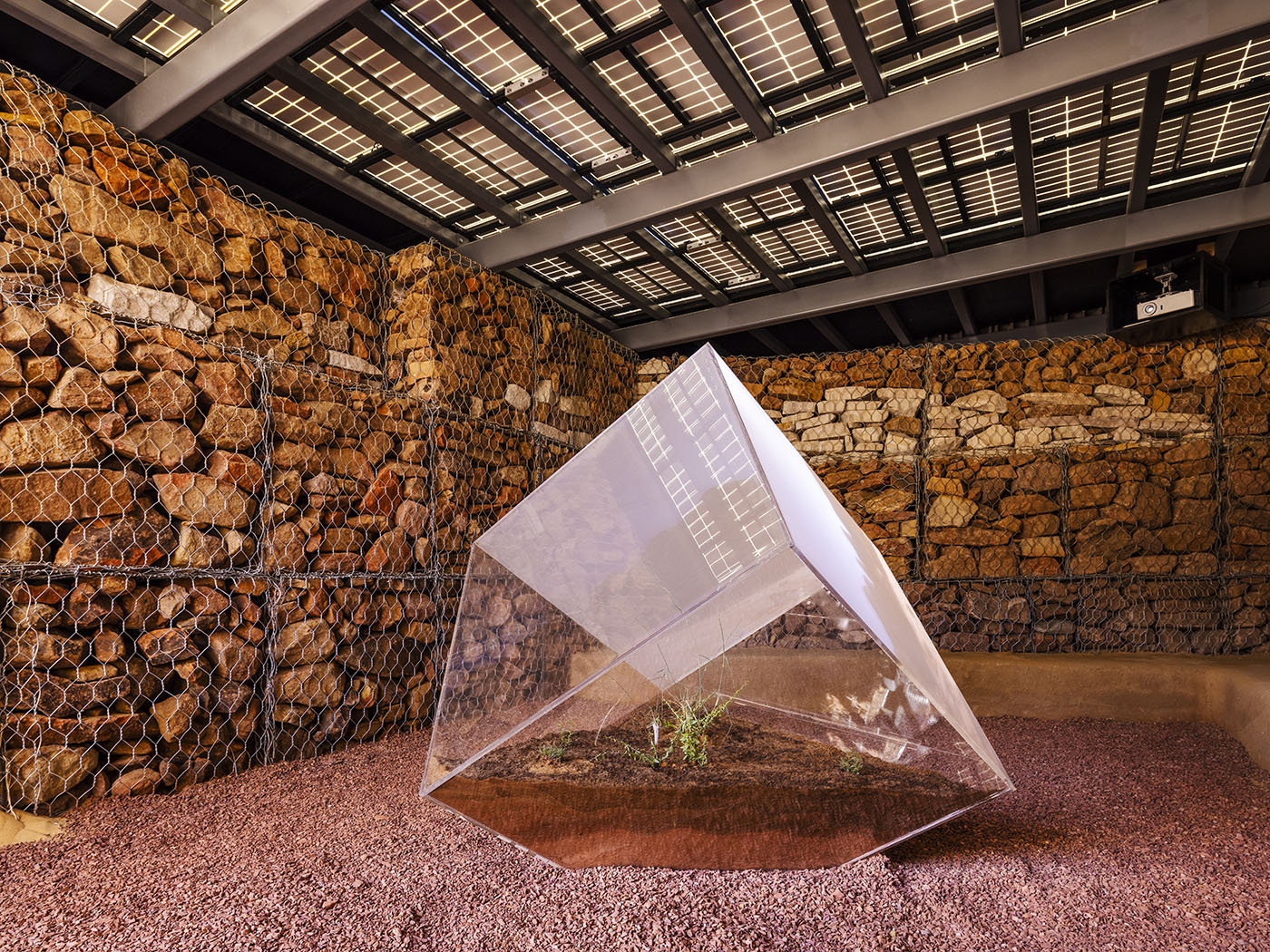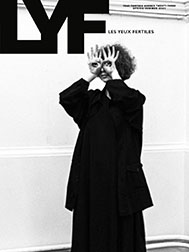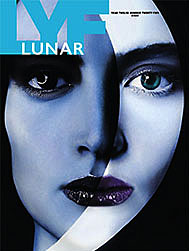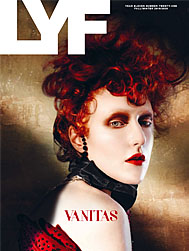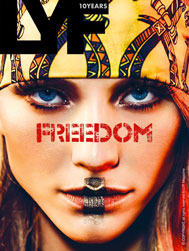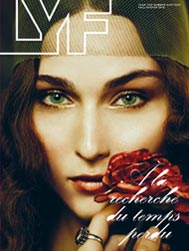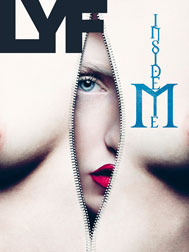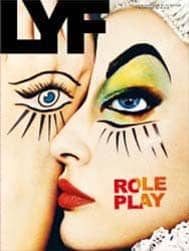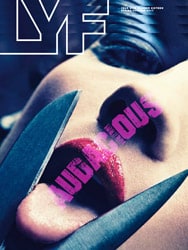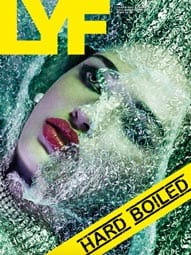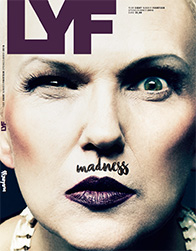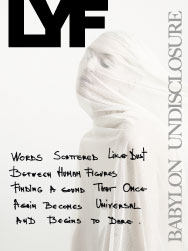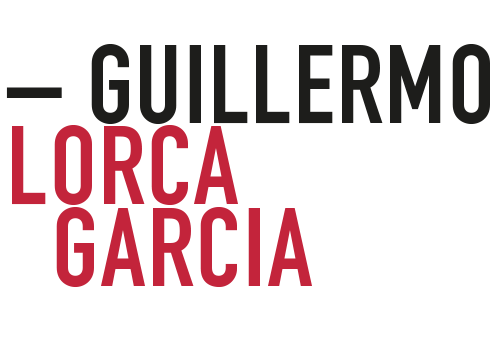
You tell about a powerful, sensual world, which leverages the inmost feelings of the human being. Where do you get these visions from and what is your emotional universe?
I have a deep connection with a certain part of myself that I practice in a kind of mental journey, usually sober, although sometimes it can be altered in consciousness. In general, I have the help of images that have moved me or caught my attention for different reasons, and I classify and order these images so that I can use them when it is necessary. With those elements I start sketching ideas until something interesting is created.

Velázquez, Caravaggio, Rembrandt: three excellent masters who evidently marked your artistic path in terms of inspiration. Tell us about that.
Velázquez and Caravaggio were my greatest references when I was learning to paint, especially Velázquez, who from a technical point of view is simple and masterful at the same time, so it was a very good school. As for Rembrandt, I began to appreciate him a little later and I am absolutely fascinated to this day. He is the one I like the most of the three, there is something very deep and mysterious in his paintings that is difficult to describe.

Within the same work, you combine elements linked to the world of childlike innocence with others that refer to ferocity. Do you think they are the two souls coexisting in each of us?
Yes, I believe that in every living being there is predation and violence as well as altruism. In humans, who are more complex, we can also speak of tenderness, love, etc. I like that these forces coexist in the paintings. I want to believe that love ends up winning, even if it’s just for a bit.
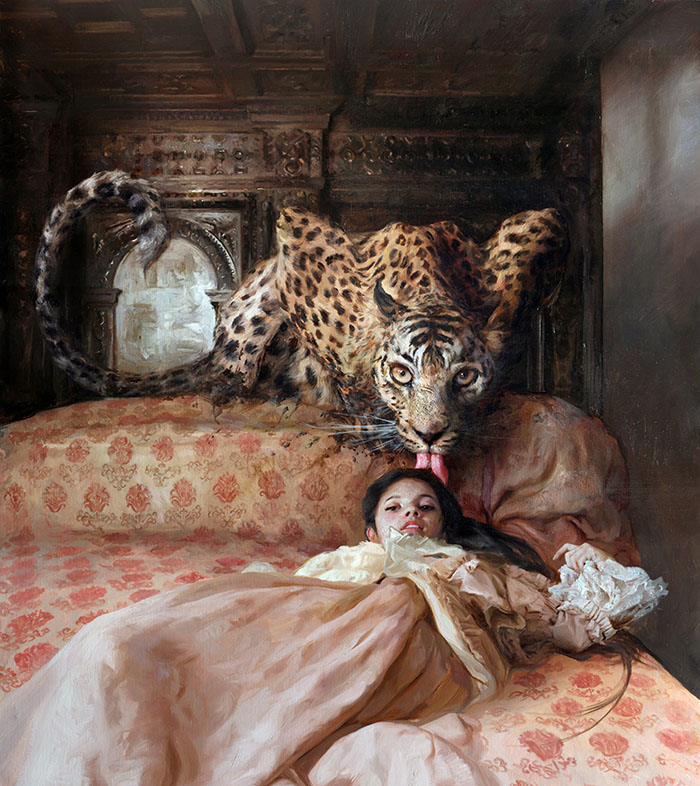
Magic realism and symbolism, how much do they affect your artistic visions and which are your favorite symbols and why?
I don’t think much about artistic classifications when creating. I think symbolist artists have more influence on me anyway. Choosing a favorite symbol is very difficult, but in my case it may even be obvious, that is the girl with colored hair, which is frequently repeated. For me she represents the precious part of my being, what needs to be taken care of, which is fragile but powerful at the same time.
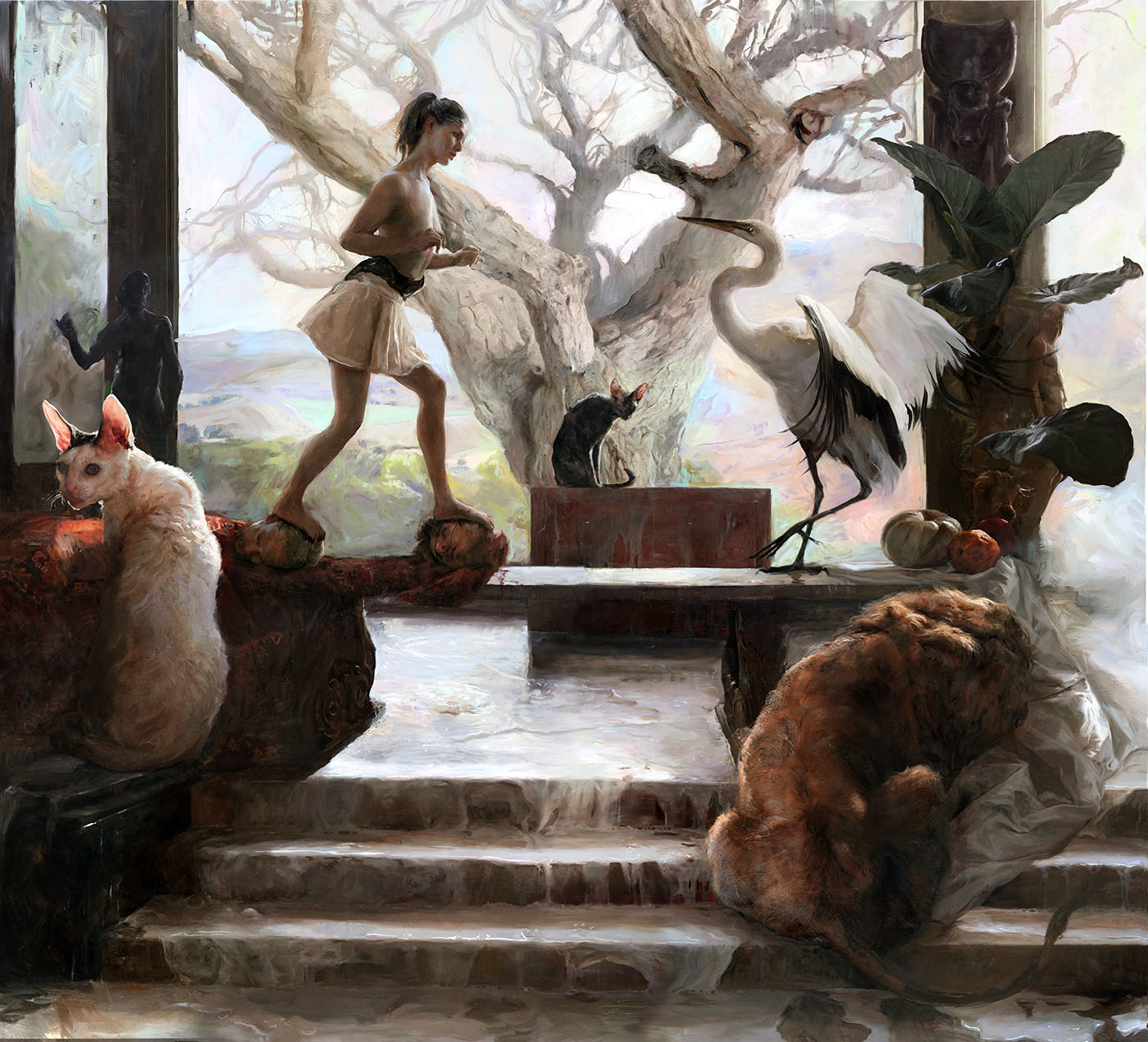

Tell us about your world and your visions.
I don’t have a specific goal with what I am doing. I don’t think of it too much, I work and design on intuition. I do like all good things from the past – ideas and materials that stand the test of time, that have proven to be unambiguously valuable: natural fibers, durable stitching, classic tailoring techniques. I think beauty lies in modesty and suggestiveness, rather than in explicitness. Clothing should underline your personality, and not take it over. It shouldn’t restrict you in any movement, and I want my clothes to be appropriate for all occasions. When you have to be representable, when you go out for dinner, when you want to do some light work in the garden, when it is Sunday and you relax in front of the fireplace.
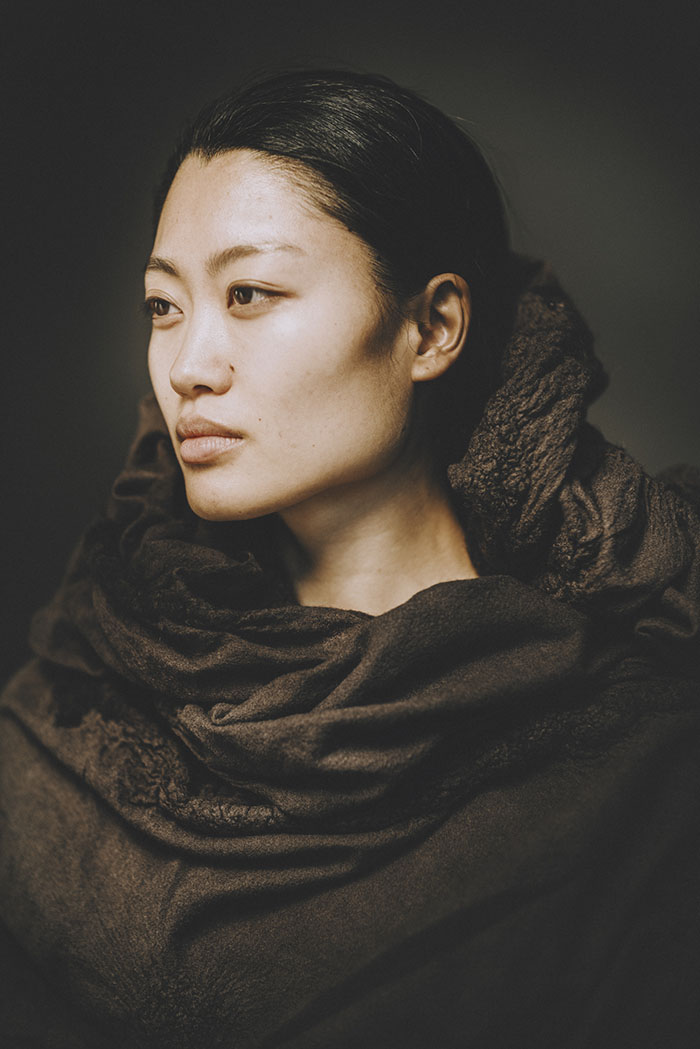
Lights and shadows: how important are they in your creations and what is your personal relationship with them?
The Dutch old masters in painting were famous for their use of light and dark. I can very much relate to their way of looking and admiring these Dutch skies: they can be really unique and mysterious. What makes it particularly interesting to me is that their colors are never fully white and never fully black, and the fact that it is always something in between what creates depth. For me, nuance is the equivalent of liveliness and to create these nuances I build up my colors out of different dye baths. For some shades it takes up to 4 baths until I reach the one I want.
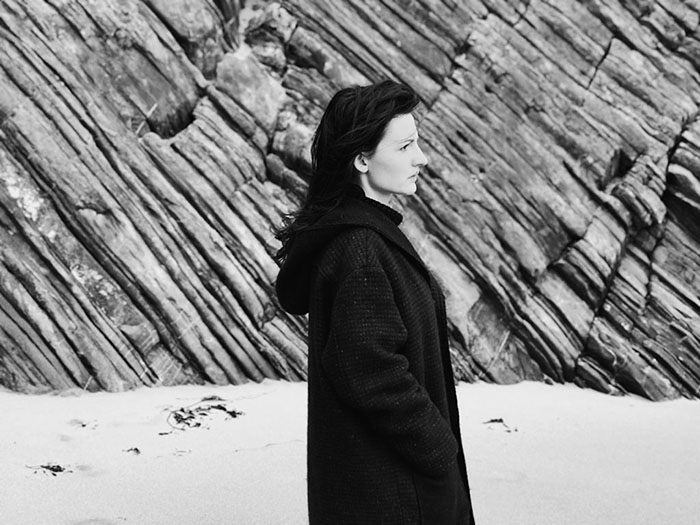
Is there a place that is particularly special for you?
My atelier. A few years ago, my partner and I moved from the centre of Amsterdam to a place 30 kilometers down south. We now live and work in the middle of the Dutch flower area and my atelier, that’s right behind our house, is a 90 years old, 200 square meters flower bulb shed with flower fields front and back. We renovated the building completely; it took me 4 fulltime weeks to restore all the 9 original metal windows.
It is completely quiet there, and because it is close to the sea the wind blows fully over the fields and around the atelier. The rain creates a serene sound in our metal rooftop. There is a canal next to our house, where we ice skate when it’s freezing outside and swim during summer evenings. I love working in our garden, where in winters the skeletons of the plants look vulnerable yet powerful. During summer I like to make jam from the fruits we harvest. But in the midst of all this romanticism the place is now fully isolated, has double glass all around and 40 solar panels on the roof.
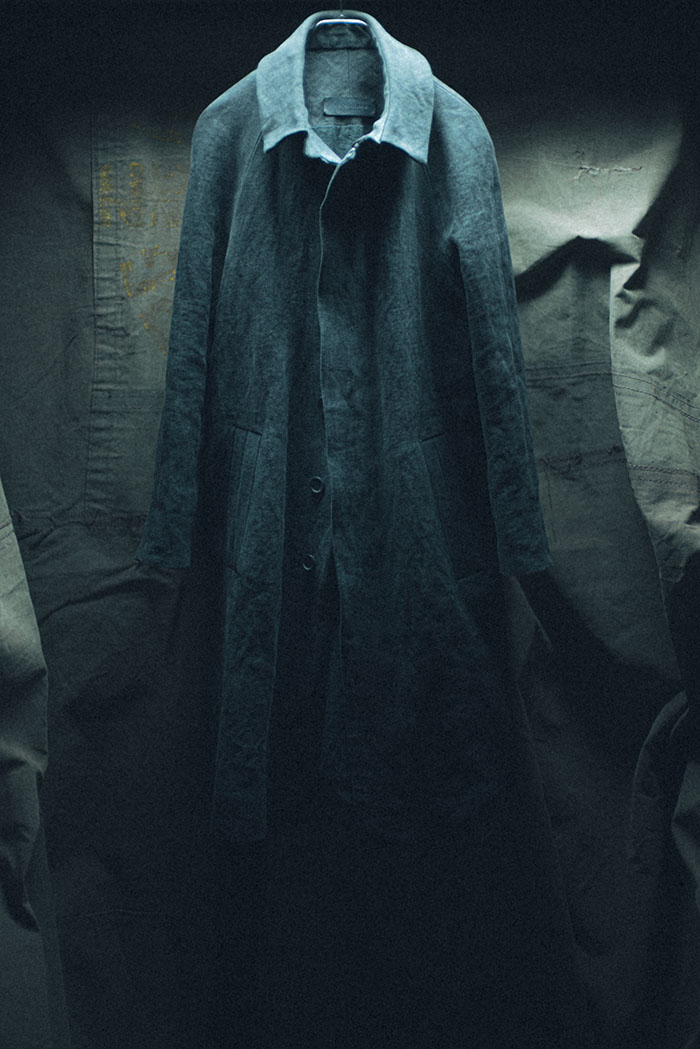
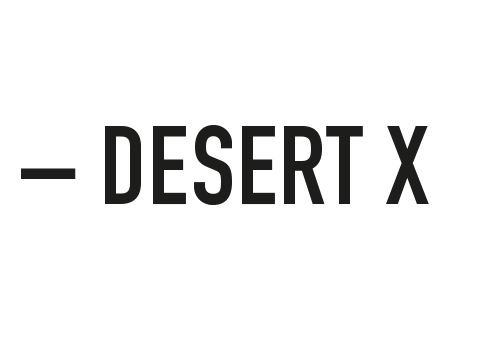
AIUla
In the northwest of Saudi Arabia, steeped in a legacy of cross-cultural exchange, is a place of extraordinary natural and human heritage, which includes a lush oasis valley, towering sandstone mountains and ancient cultural heritage sites dating back thousands of years.
This place is called AlUla and the most well-known recognized as Saudi Arabia’s first UNESCO World Heritage Site is Hegra, once the principal southern city of the Nabataean kingdom.

In the same territory there are Dadan, AIUla Old Town, the Hijaz Railway and the Hegra Fort, all fascinating historical and archaeological sites, of rock art, full of charm and enchantment and key points in the story and conquests of Lawrence of Arabia.
In this period AIUla is, for the second edition, the scenario of Desert X, an international, site-responsive art exhibition in which, under the curatorial vision of Reem Fadda, Raneem Farsi and Neville Wakefield, have been placed outdoors contemporary artworks and visionary installations especially created by 15 Saudi and international artists who bring a plurality of voices from around the world and who were inspired by the landscape, nature and history of AlUla. This year’s exhibition takes place in the Al Mutadil valley, a different place than the previous edition. Here visitors are invited to wander and experience spectacular landscapes as they weave their journey among the works.
Desert X AlUla draws on principles of land art, offering a profound opportunity to experience art on a monumental scale in dialogue with nature.

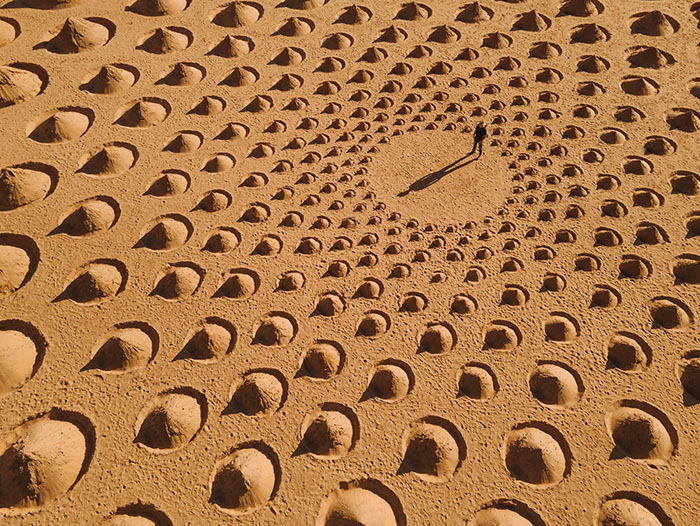
Under the theme of Sarab, this year’s exhibition explores the ideas of mirage and oasis, both intrinsic to desert history and culture, that have taken on complex worldwide significance over time. Invited to consider these ancient concepts, participating artists have responded with new works that address dreams, camouflage, fiction, dis/appearance, extraction, illusion and myth, while also examining the dichotomy between the natural and man-made worlds. Desert X is produced by The Desert Biennial, a not-for-profit charitable organisation founded in California, conceived to generate recurring international contemporary art exhibitions that activate desert locations through site-specific installations by acclaimed international artists. Its guiding

purposes and principles include presenting public exhibitions of art that respond meaningfully to the conditions of desert locations, the environment and indigenous communities; promoting cultural exchange and education programmes that foster dialogue and understanding among cultures and communities about shared artistic, historical, and societal issues; and providing an accessible platform for artists from around the world to address ecological, cultural, spiritual, and other existential themes.
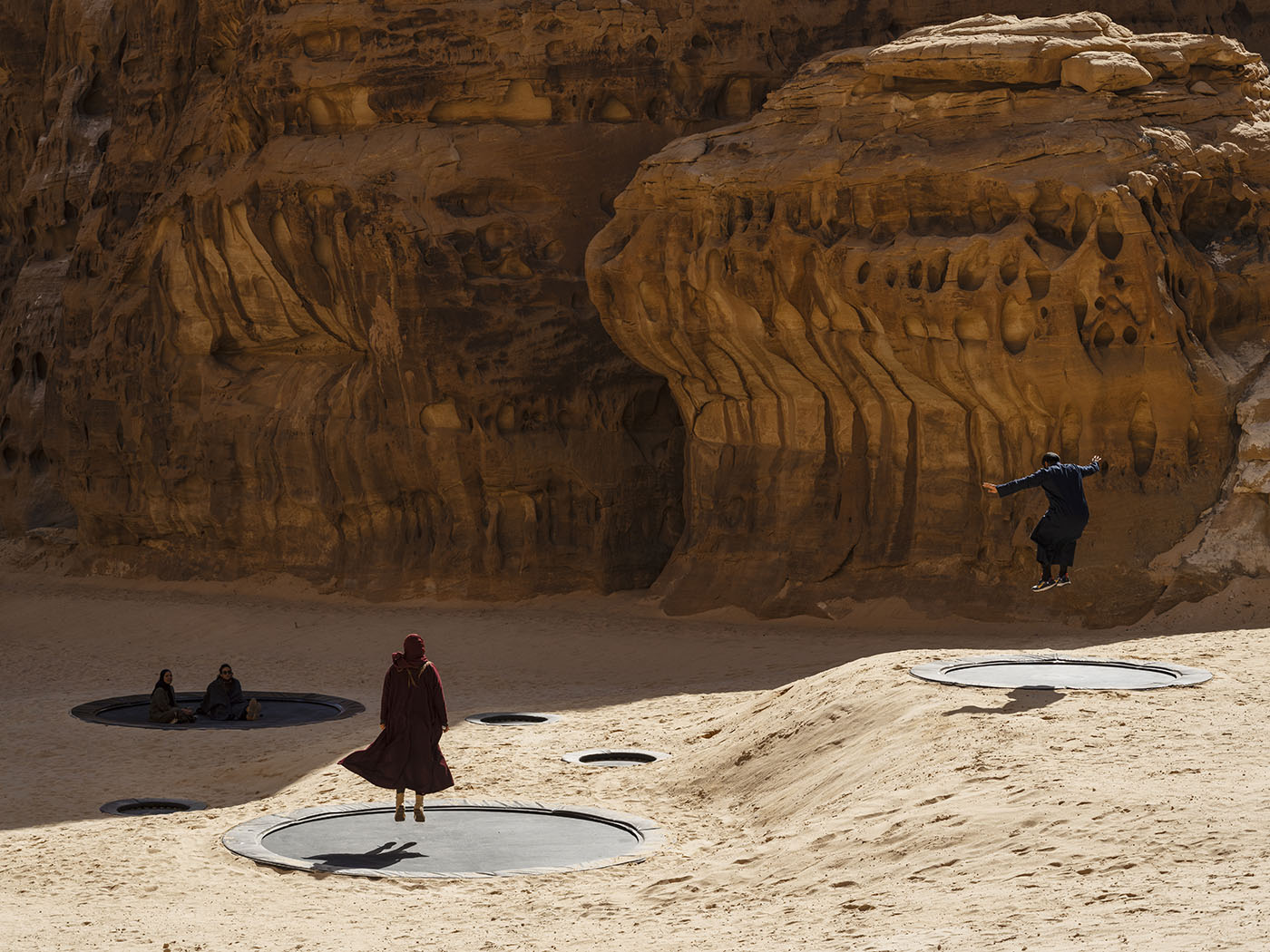
The Royal Commission for AlUla (RCU) was established by royal decree in July 2017 to protect and safeguard AlUla, a region of outstanding natural and cultural significance in North-West Saudi Arabia. RCU is embarking on a long-term plan to develop and deliver a sensitive, sustainable transformation of the region, reaffirming it as one of the country’s most important archaeological and cultural destinations and preparing it to welcome visitors from around the world. RCU’s development work in AlUla encompasses a broad range of initiatives across archaeology, tourism, culture, education and the arts, reflecting the ambitious commitment to cultivate tourism and leisure in Saudi Arabia, outlined in Vision 2030.
